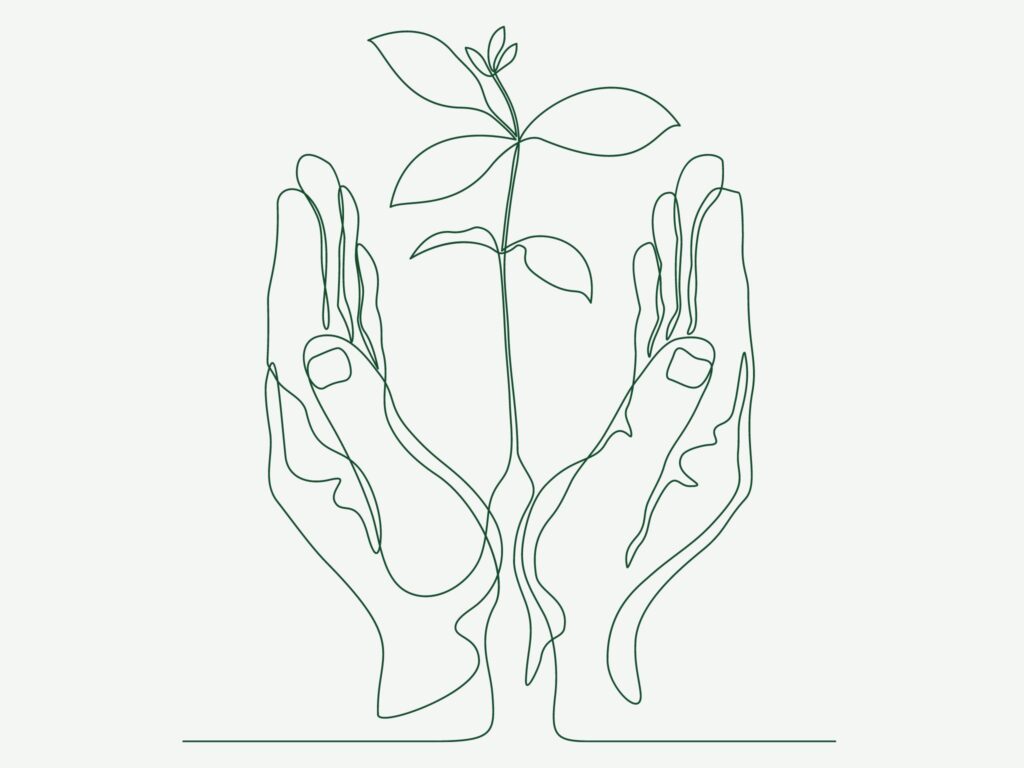Support bees and butterflies at their busiest time of year by planting areas of your garden with nectar-rich wildflowers. In turn, these humble insects will help to improve your garden by pollinating the plants in your vegetable patch and the flowers in your borders and patio pots.
Choose wildflower species that are best suited to your local climate and soil composition and where possible, stick to species that are native to your region. You can use our collection of single wildflower species to make your own wildflower mixture that produces staggered flowering throughout the year or orchestrate an eruption of colour in the summer.
Field Scabious
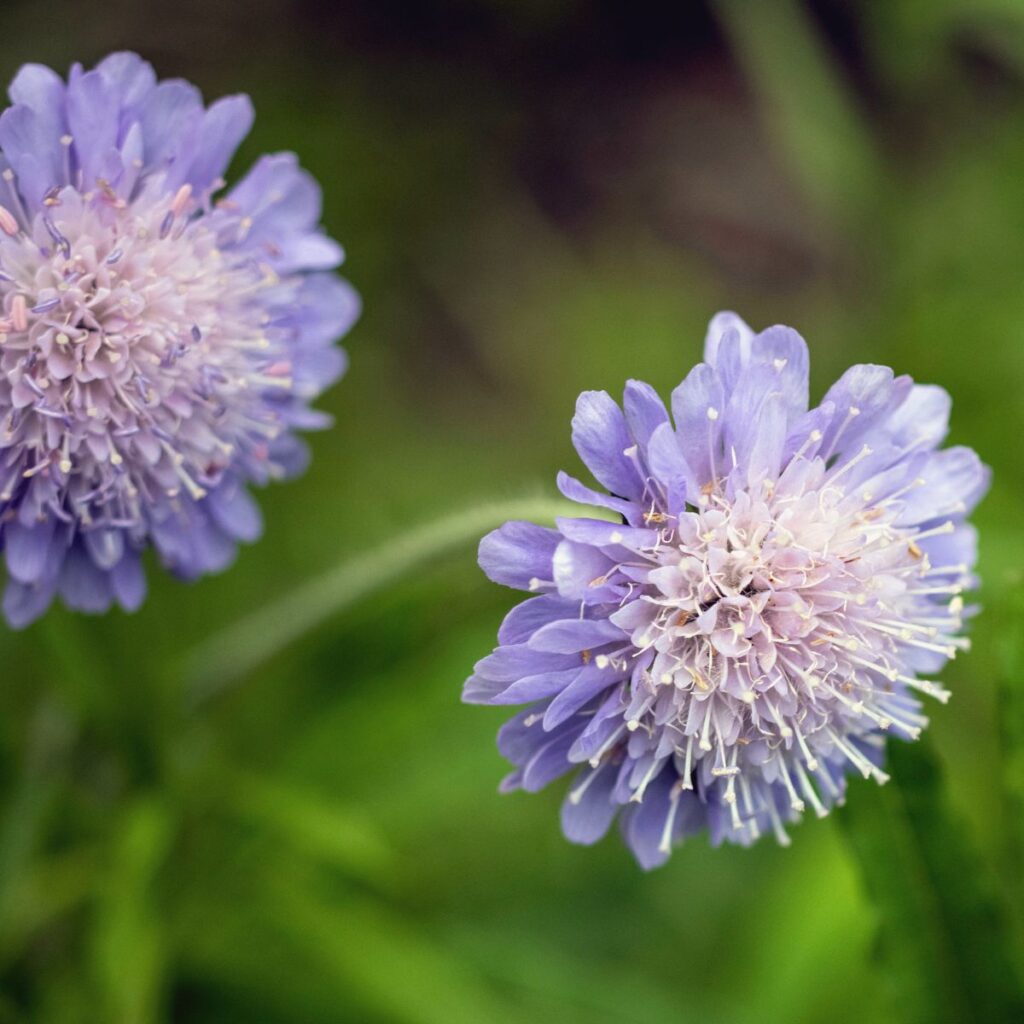
A summer flowering perennial with ornate blue-violet blooms comprised of smaller individual flowers with unequal petals, field scabious thrives in well-drained lime-rich soils over chalk and limestone such as those in southern Britain. Thanks to its long flowering period it is a valuable nectar source for bees and butterflies.
Corn Poppy
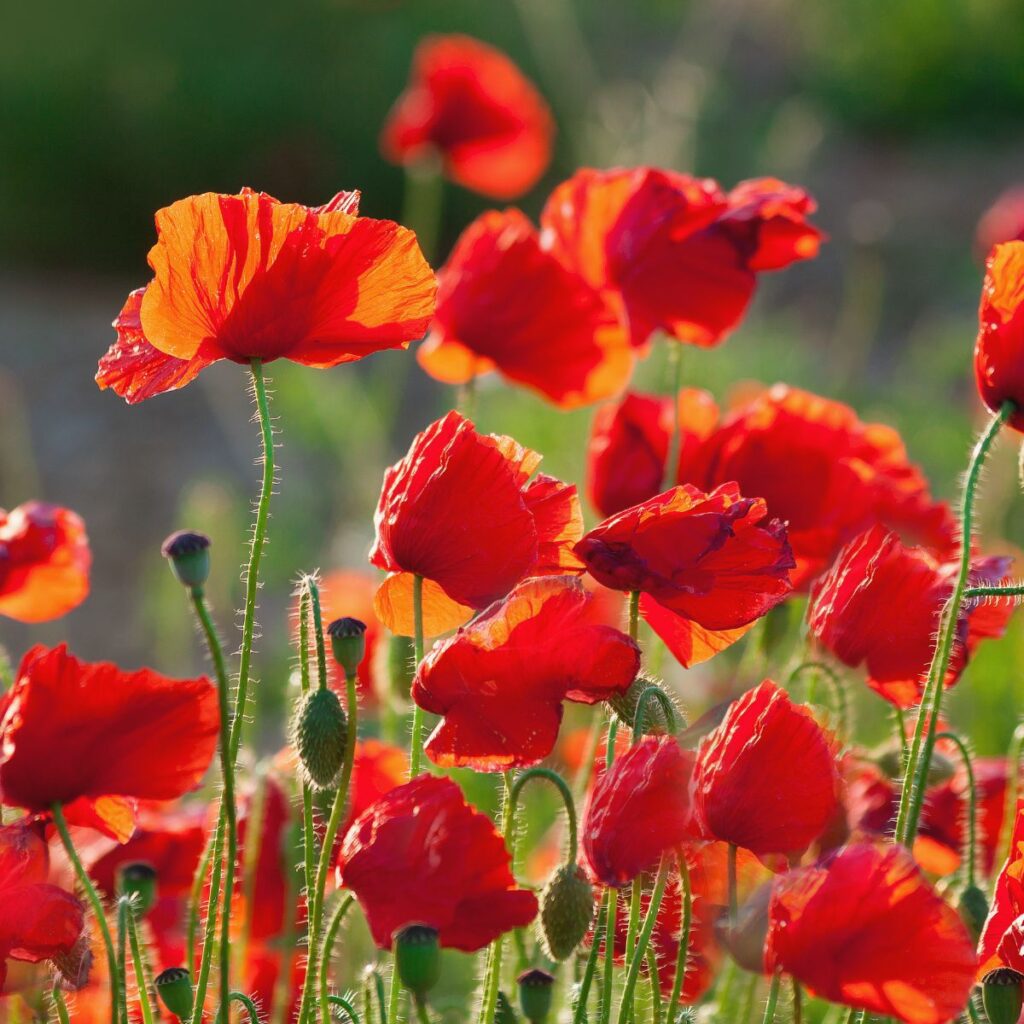
One of the most familiar British wildflowers, the saucer-shaped scarlet blooms of the corn poppy (also known as the common poppy) have become synonymous with native cornfield wildflower mixtures. A fantastic source of pollen for a whole host of different pollinators, their open petals and long filaments offer easy access to the pollen-laden anthers which sit at the centre of the flower.
Lady’s Bedstraw
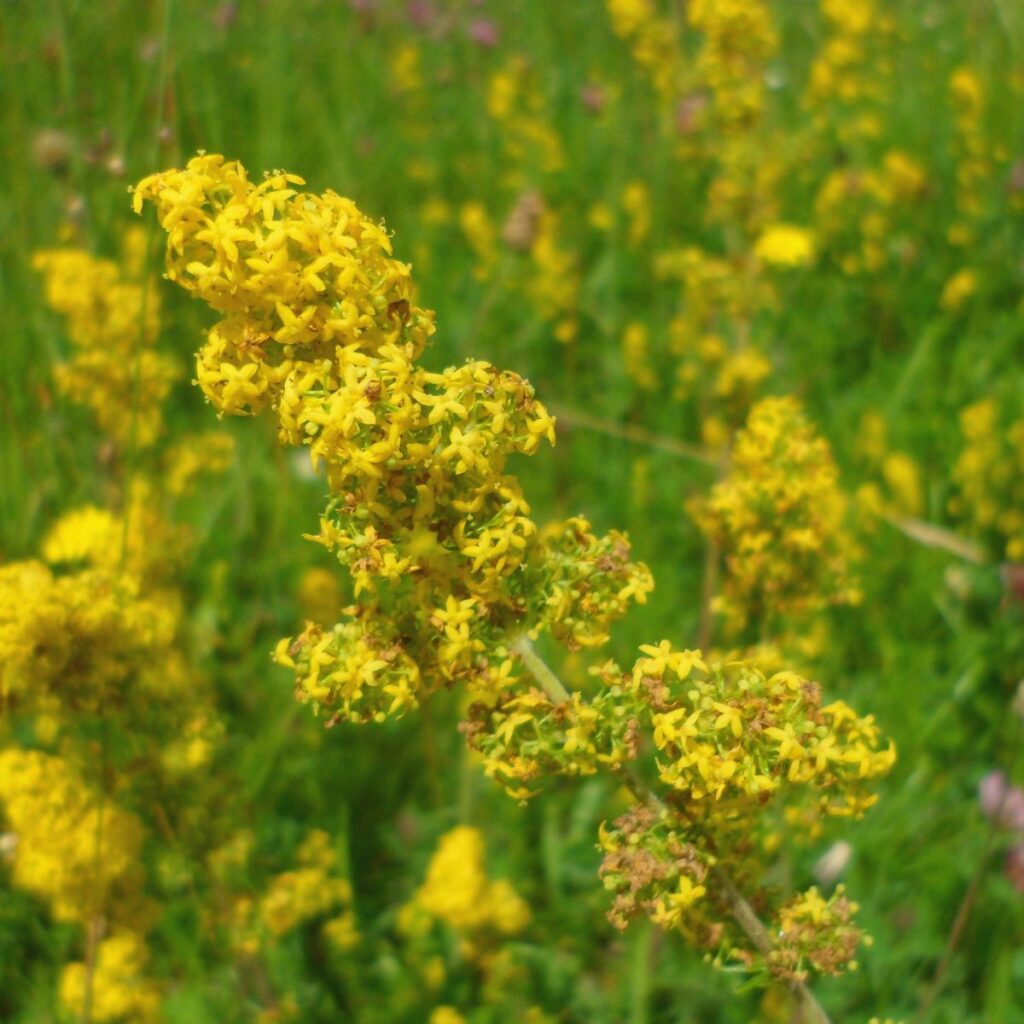
Appearing in dense clusters, the frothy yellow blossoms of lady’s bedstraw give off the sweet scent of hay and carpet meadows from June to September. It often creeps amongst meadow grasses sending tall flowering stems skyward during the summer which attract bees, butterflies, and moths. The plants are also vital to the lifecycle of a number of moths including the elephant hawk-moth, the oblique striped moth, and the hummingbird hawk-moth whose caterpillars feed on their leaves.
Did you know?
Wildflowers attract all kinds of beneficial insects because their colourful blooms are full of nectar and easy for flying insects to access. It’s not just bees and butterflies that are enticed in for a drink, but also insects like hoverflies and ladybirds that feed on aphids and mildews which can damage crops.
Oxeye Daisy
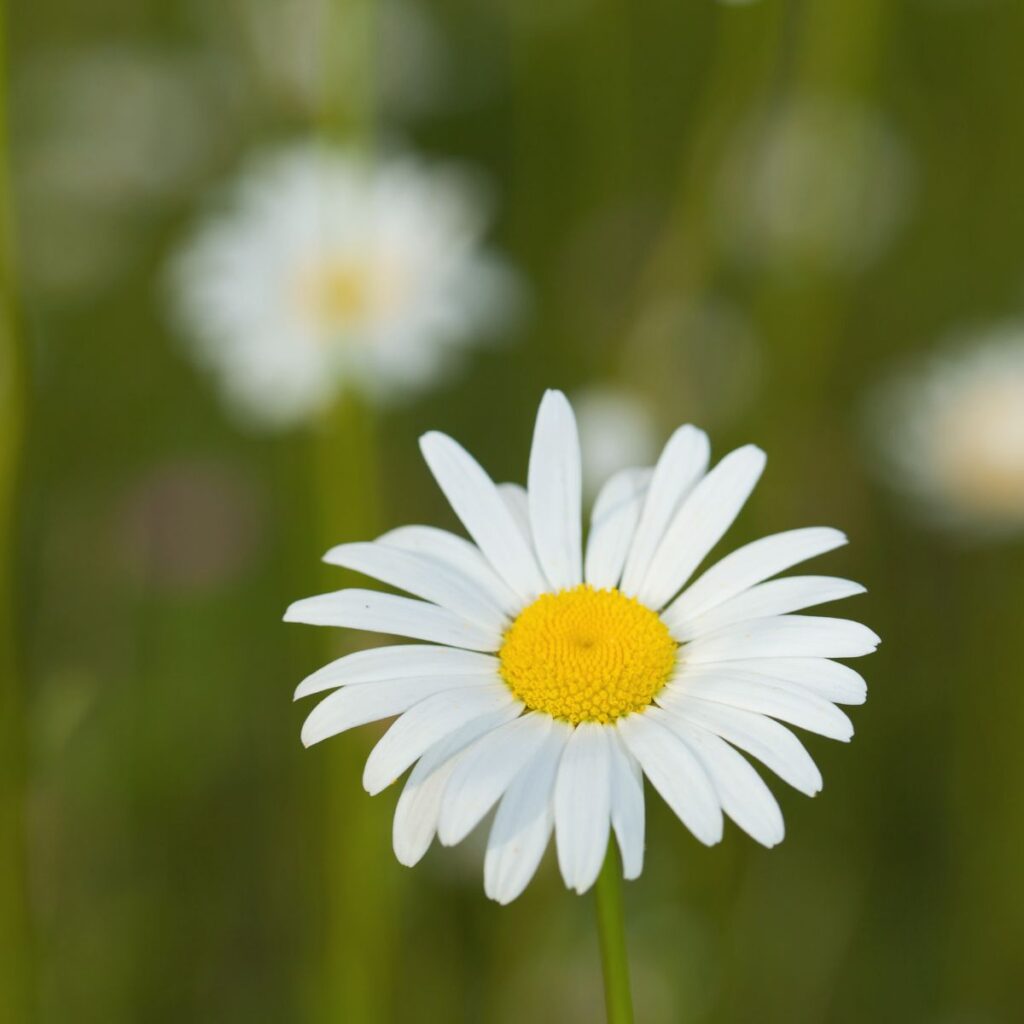
A small perennial and our largest native member of the daisy family, when sown as part of a meadow mixture Oxeye daisies are often one of the first flowers to appear. The yellow centre of the oxeye daisy is made up of many small flowers which hold nectar, making it one of the best wildflower species for pollinators in the UK. With cheerful yet solitary blooms, they’re often found growing in meadows and on roadside verges.
Cornflower
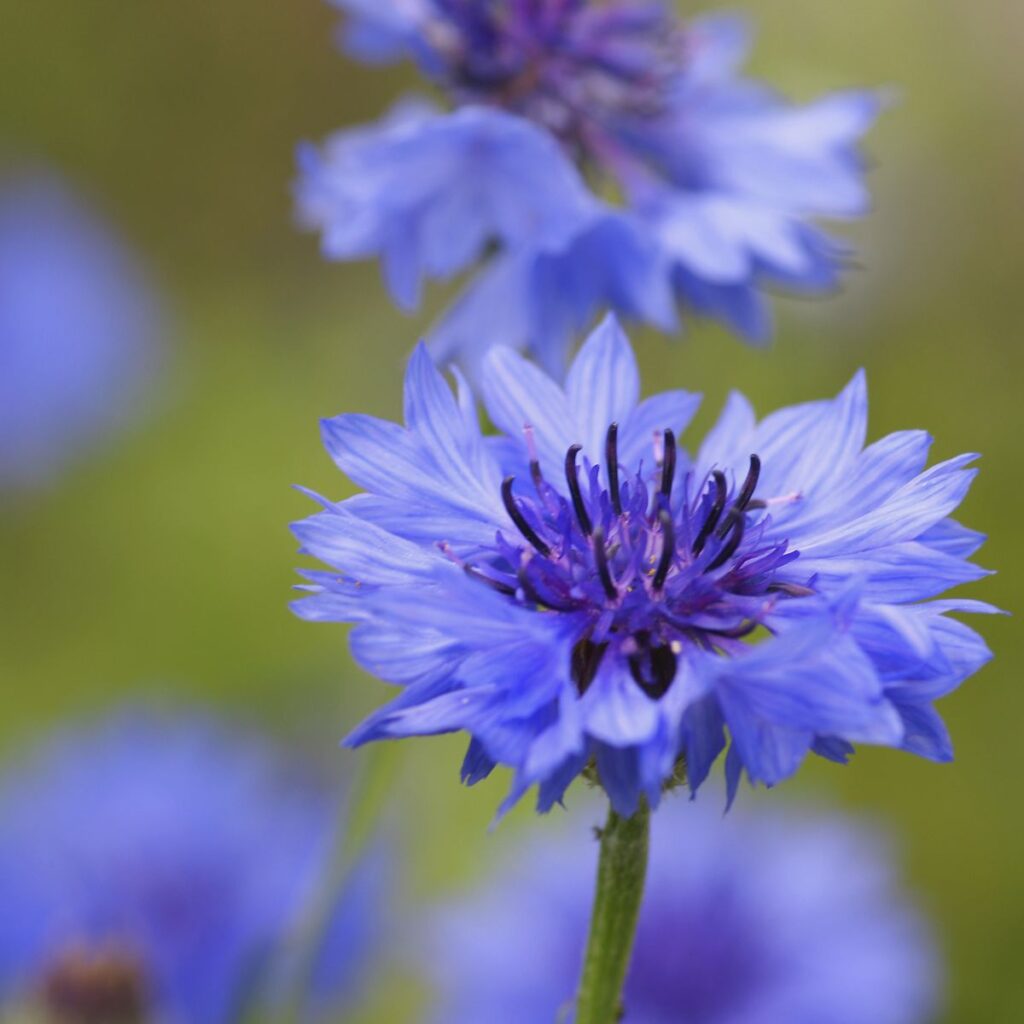
Attracting bees and butterflies with their vibrant blue flowers, cornflowers are hardy annuals that look delightful in cottage garden planting. A member of the daisy family, they grow wild in cornfields alongside other ‘arable weeds’ such as corn chamomile and corncockle although were nearly wiped out due to the development of intensive farming practices. Blue is the most common colour, however white, red, pink, and purple varieties are also available.
Red Clover

Thanks to its nectar-rich flowers, red clover is a favourite food source for many species of bee, including the common carder bee, honeybee, and red-tailed bumblebee. Commonly found growing in grassy areas such as meadows and pastures, it is known to enrich soils and is often used by farmers to help balance nitrogen levels in their fields.
Bright, sweet-smelling blooms are favourited by many insects however bees in particular favour tubular bell-like flowers that offer easy access and cover whilst they feed. Aim for a variety of pollen-rich wildflowers that have different shapes of petals and flower at different times of the year to ensure there’s always an easy meal on offer.
Yarrow

The feathery, aromatic leaves and flat white flowerheads of the yarrow plant are attractive to a wide range of pollinators, although, hoverflies seem to favour them the most. And it’s not just insects that feed on this attractive wildflower, the leaves and flowers are edible and can be used fresh or dried in culinary dishes and medicinal remedies.
Kidney Vetch
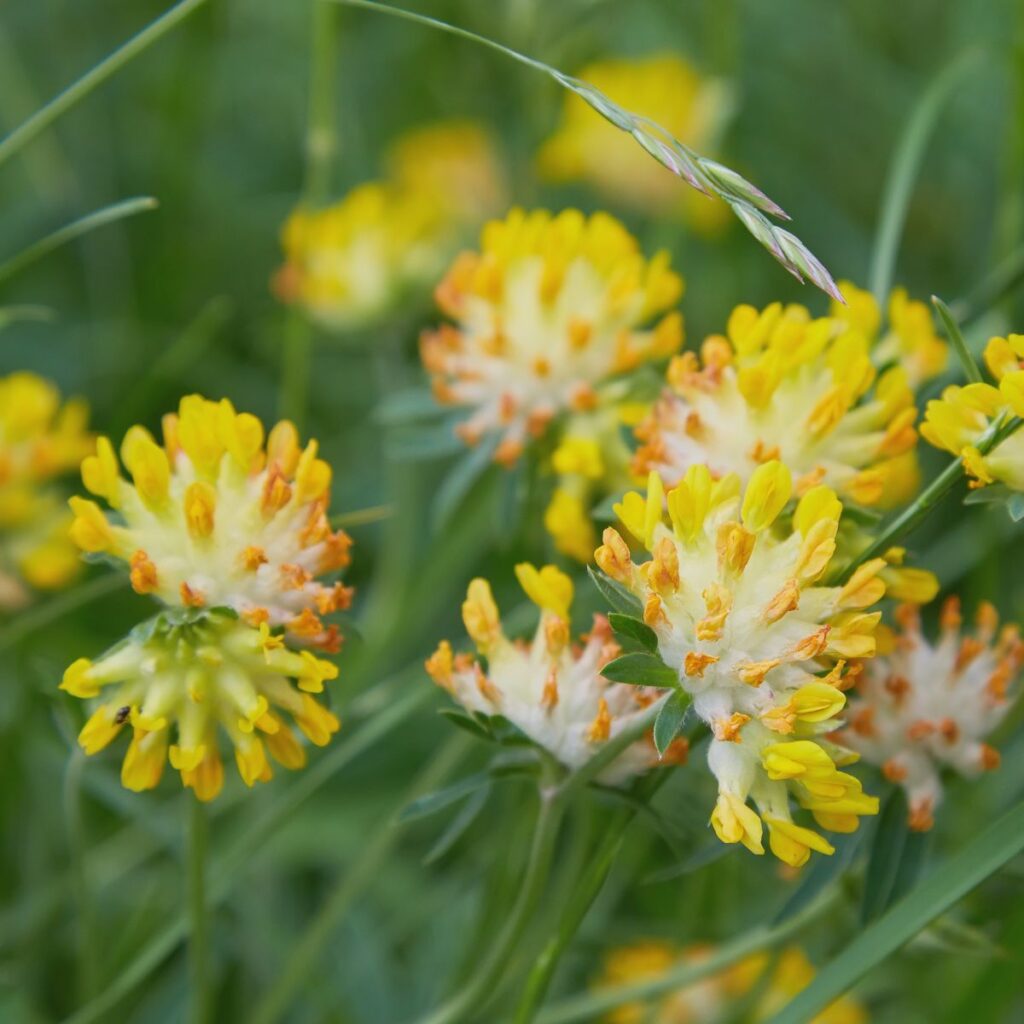
A favourite with all sorts of pollinators the woolly appearance of kidney vetch makes it easily recognisable against other summer flowering wildflowers. the only source of food for the caterpillars of the Small Blue butterfly
Wild Marjoram
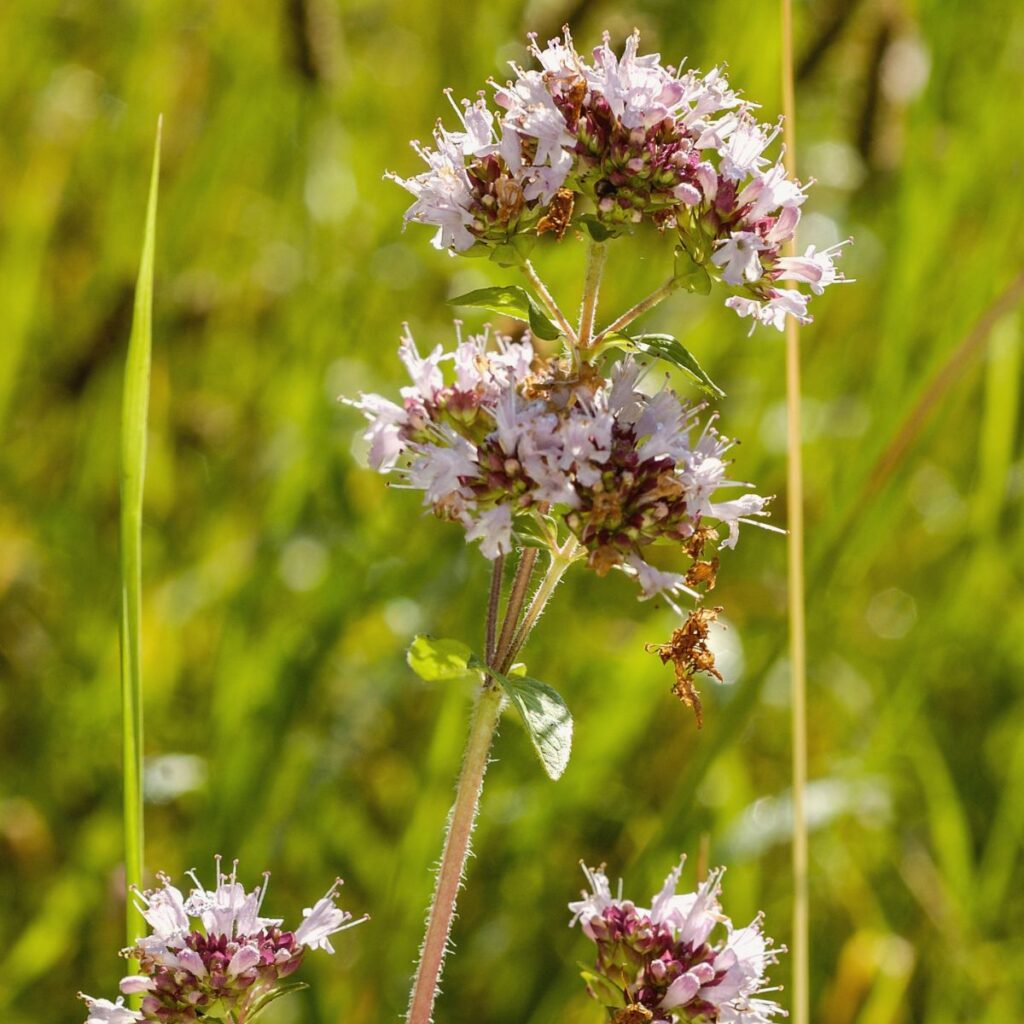
Thanks to its nectar-rich flowers, red clover is a favourite food source for many species of bee, including the common carder bee, honeybee, and red-tailed bumblebee. Commonly found growing in grassy areas such as meadows and pastures, it is known to enrich soils and is often used by farmers to help balance nitrogen levels in their fields.
To ensure your wildflower planting gives the best support to pollinators, avoid using common pesticides and insecticides that contain neonicotinoids (thiacloprid and acetamiprid) as these are harmful to bees. These are readily available in all garden centres so always read the label.
Cowslip
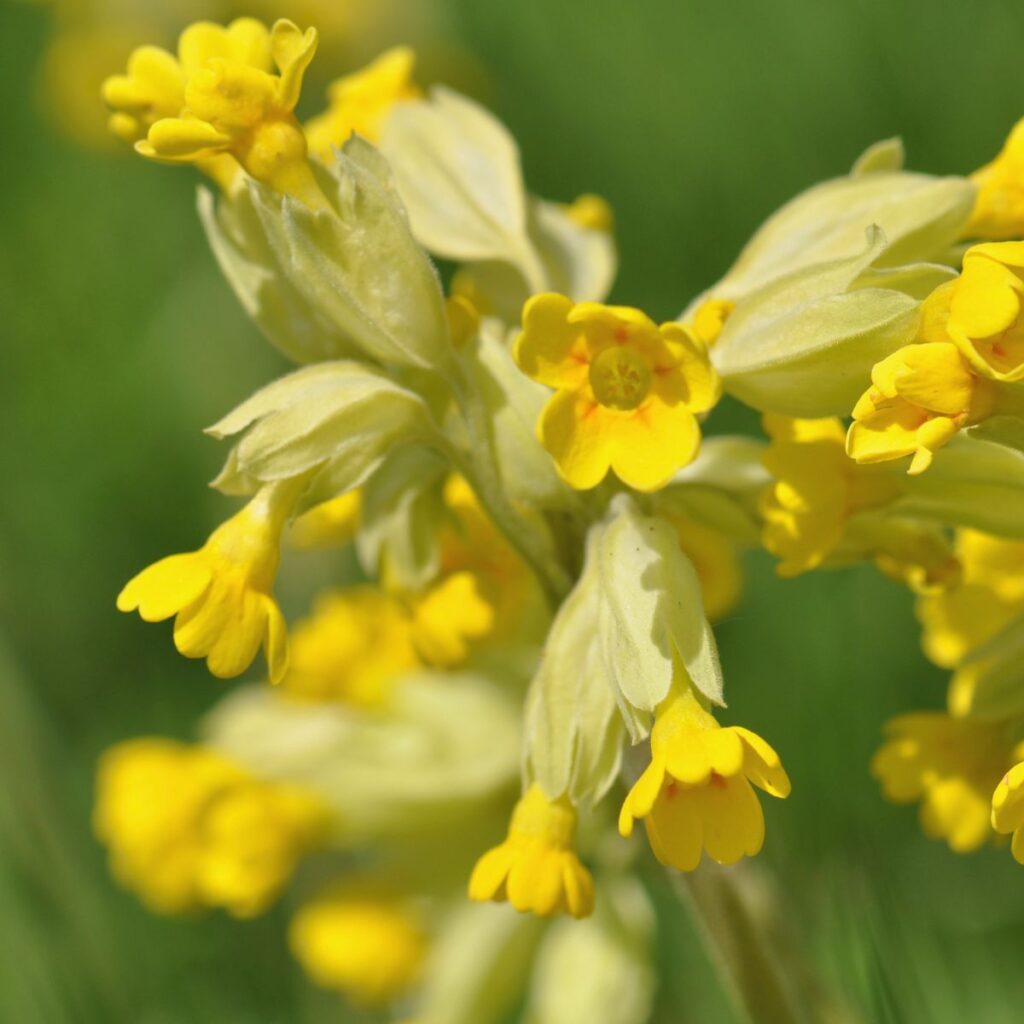
Producing bright yellow bell-shaped flowers enclosed in a green tubed casing, cowslips flower in April and May and favour the conditions of open woodland, meadows, and pastures. Nectar-rich, its clusters of nodding flower heads attract bees, butterflies, and moths and its leaves provide a food source for many species of caterpillars.
Bird’s Foot Trefoil
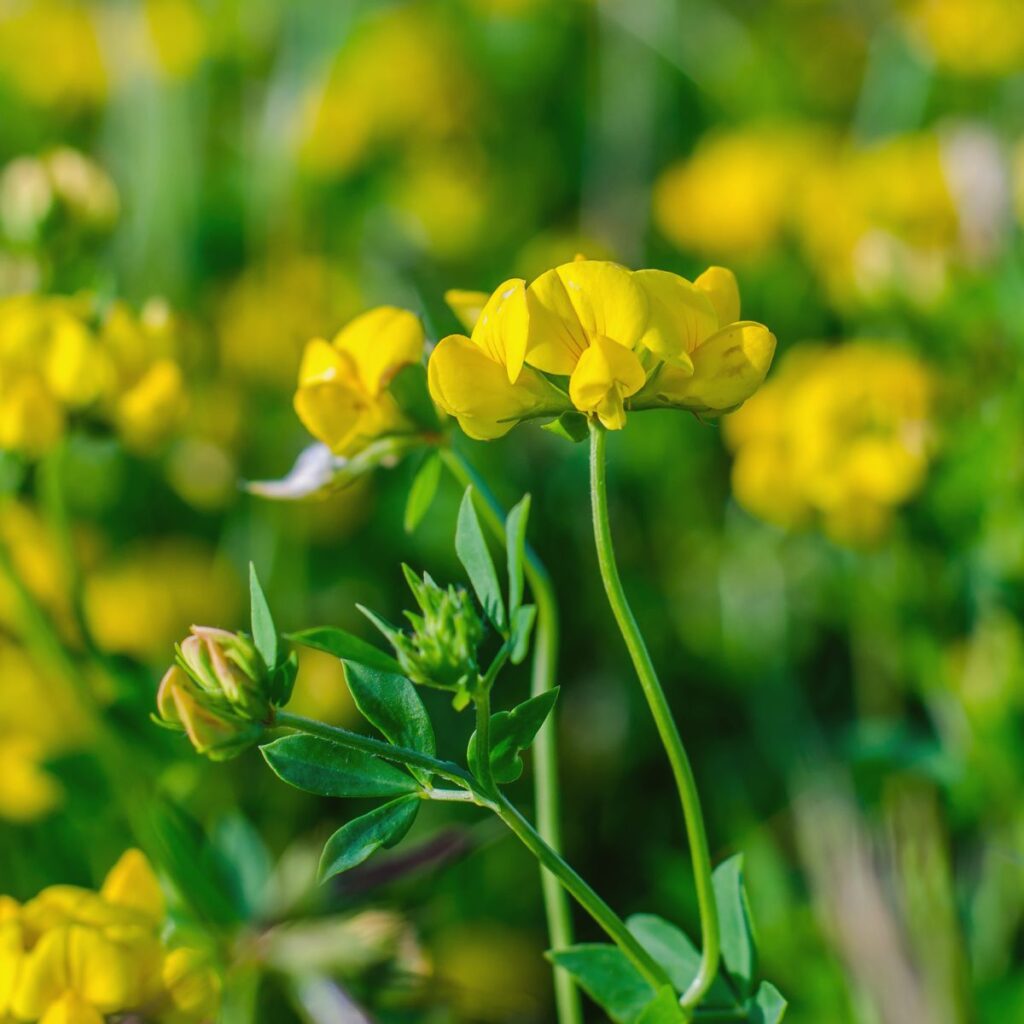
One of our most common meadow wildflowers, the pillowy yellow petals of bird’s foot trefoil house an important source of nectar for pollinators and vital larval food for the common blue, green hairstreak and dingy skipper butterflies.
Common Knapweed
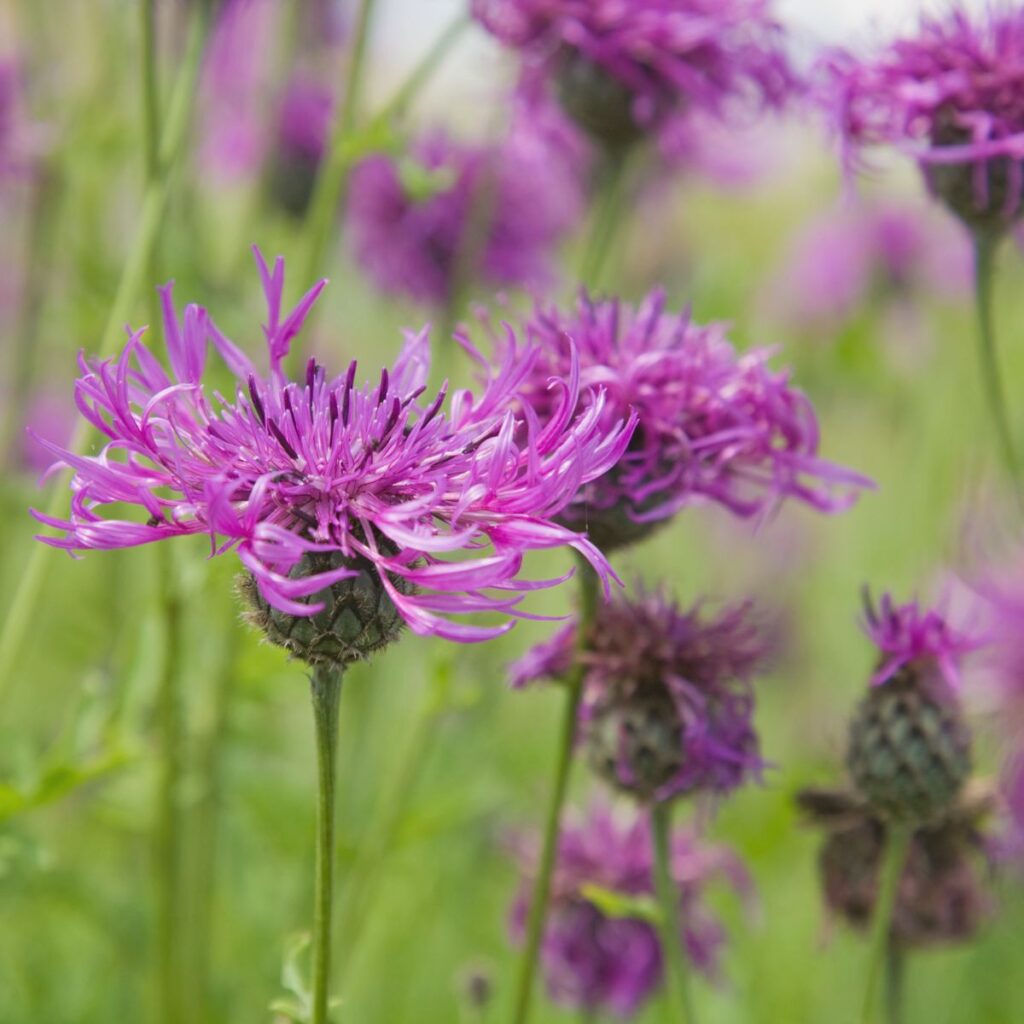
Thistle-like in appearance, the flamboyant pinky purple flower heads of common knapweed are nectar-rich and support bees, butterflies, and beetles while its seeds are a food source for many birds. Often attracting clouds of butterflies, it favours grassy environments such as roadside verges, clifftops, and lawns.
In tandem with your wildflower planting consider creating nesting sites in your garden for solitary bees and other insects. You can make your own bee house by drilling holes into a dry log or arrange bamboo sticks in a sheltered spot to create a cosy nesting place.

